Key facts at a glance:
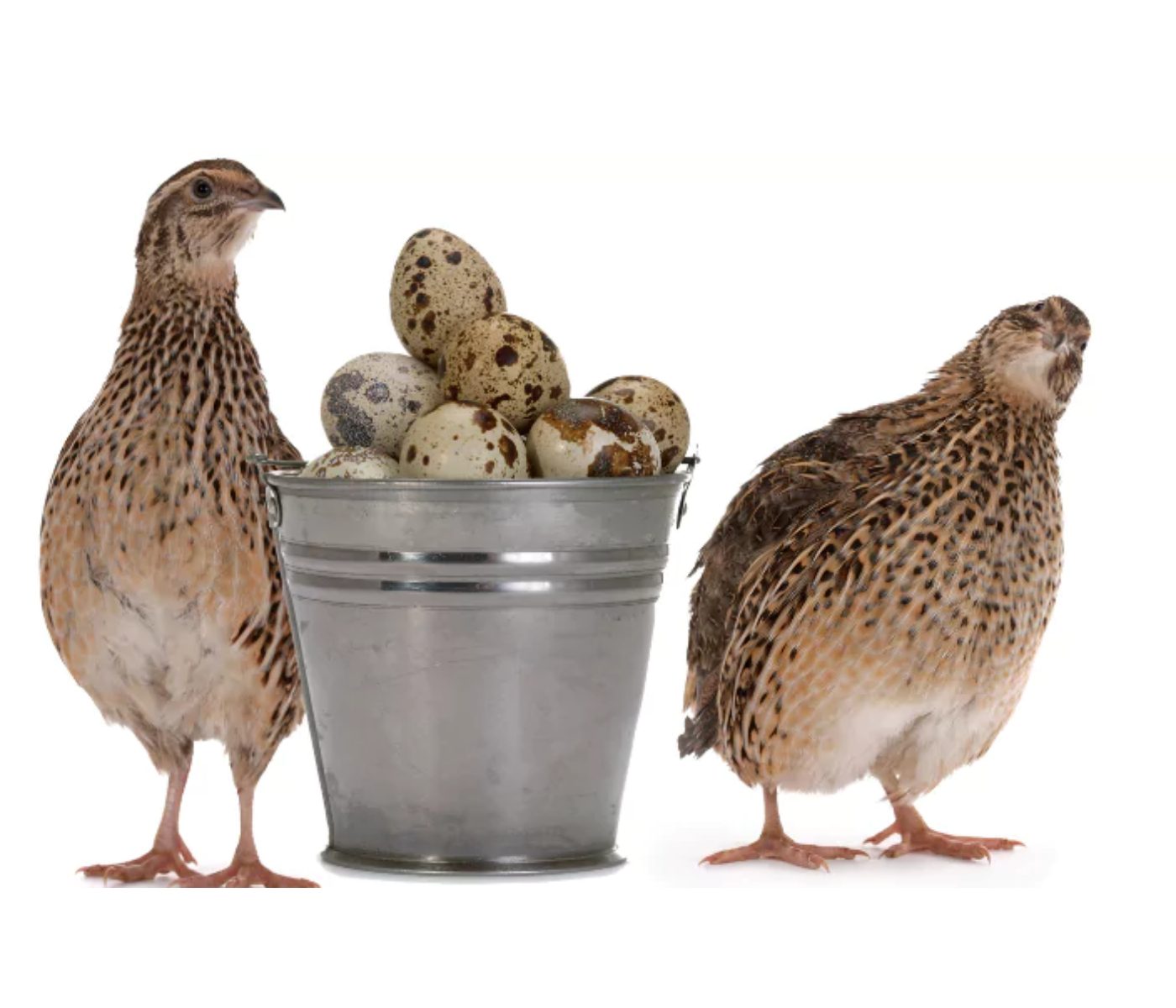 15 Aug 2025
15 Aug 2025
Quail eggs enriched with Omega-3: A functional superfood for heart and brain health
In the search for healthier, more functional foods, one innovation stands out: quail eggs enriched with omega-3 fatty acids — a nutrient combination that supports cardiovascular health, brain function, and overall well-being.
With an added value of 9.3% omega-3, these eggs are designed to help reduce the risk of heart attacks, improve cholesterol profiles, and regulate inflammation — all while providing a compact, flavorful source of protein.

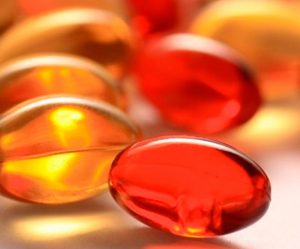 Omega-3 fatty acids, including DHA (docosahexaenoic acid) and EPA (eicosapentaenoic acid), are essential for cell membrane health, hormone production, and neurological development. Yet, many modern diets fail to provide enough of them — especially in countries where fish consumption is low.
Omega-3 fatty acids, including DHA (docosahexaenoic acid) and EPA (eicosapentaenoic acid), are essential for cell membrane health, hormone production, and neurological development. Yet, many modern diets fail to provide enough of them — especially in countries where fish consumption is low.
Equally important is the balance between omega-6 and omega-3 intake. In many Western diets, that ratio is skewed to 10:1 or even 30:1, compared to the ideal 3:1 to 5:1 range, which can fuel inflammation and long-term health problems.
Developed by Professor Liliana Betancourt and her research team at the Facultad de Medicina Veterinaria y de Zootecnia, Universidad Nacional de Colombia (UNAL), the enrichment process uses natural feed ingredients like flaxseed and microalgae of the genus Schizochytrium — both rich in omega-3 — as alternatives to traditional fish oil.
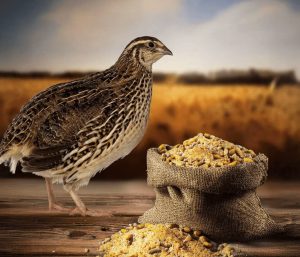
The result? Each quail egg contains about 25 mg of DHA and EPA, meaning they can be a practical supplement for those seeking to increase omega-3 intake without relying solely on fish or capsules.
Quails were fed specialized diets with varying amounts of omega-3-rich ingredients. Researchers then analyzed:
Fatty acid profiles in the yolks
Laying performance and feed efficiency
Egg quality and nutritional value
The clear winner was flaxseed, which not only delivered the highest omega-3 enrichment but also significantly reduced the omega-6 to omega-3 ratio, approaching the ideal balance. Microalgae also performed well, making both viable, sustainable enrichment options.
Traditionally popular among middle-income households and people over 30, quail eggs are now attracting younger, health-conscious consumers who are exploring functional foods as part of an active lifestyle.
For individuals who don’t eat enough fish, omega-3 enriched quail eggs offer a convenient, sustainable alternative that can be easily incorporated into daily meals.
Although the research behind this innovation was introduced in recent years, its relevance has only grown as consumers search for nutrient-rich foods that deliver measurable health benefits. With the rising demand for functional, ethically produced foods, omega-3 enriched quail eggs remain a compelling alternative for both local markets and international trade.
Key facts at a glance:
Omega-3 content: 9.3% added value
Best feed source: Flaxseed, followed by microalgae
Nutrient balance: Achieves near-ideal 3:1 omega-6 to omega-3 ratio
Daily intake goal: ~10 eggs to meet omega-3 recommendations
Subscribe now to the technical magazine of animal nutrition
AUTHORS
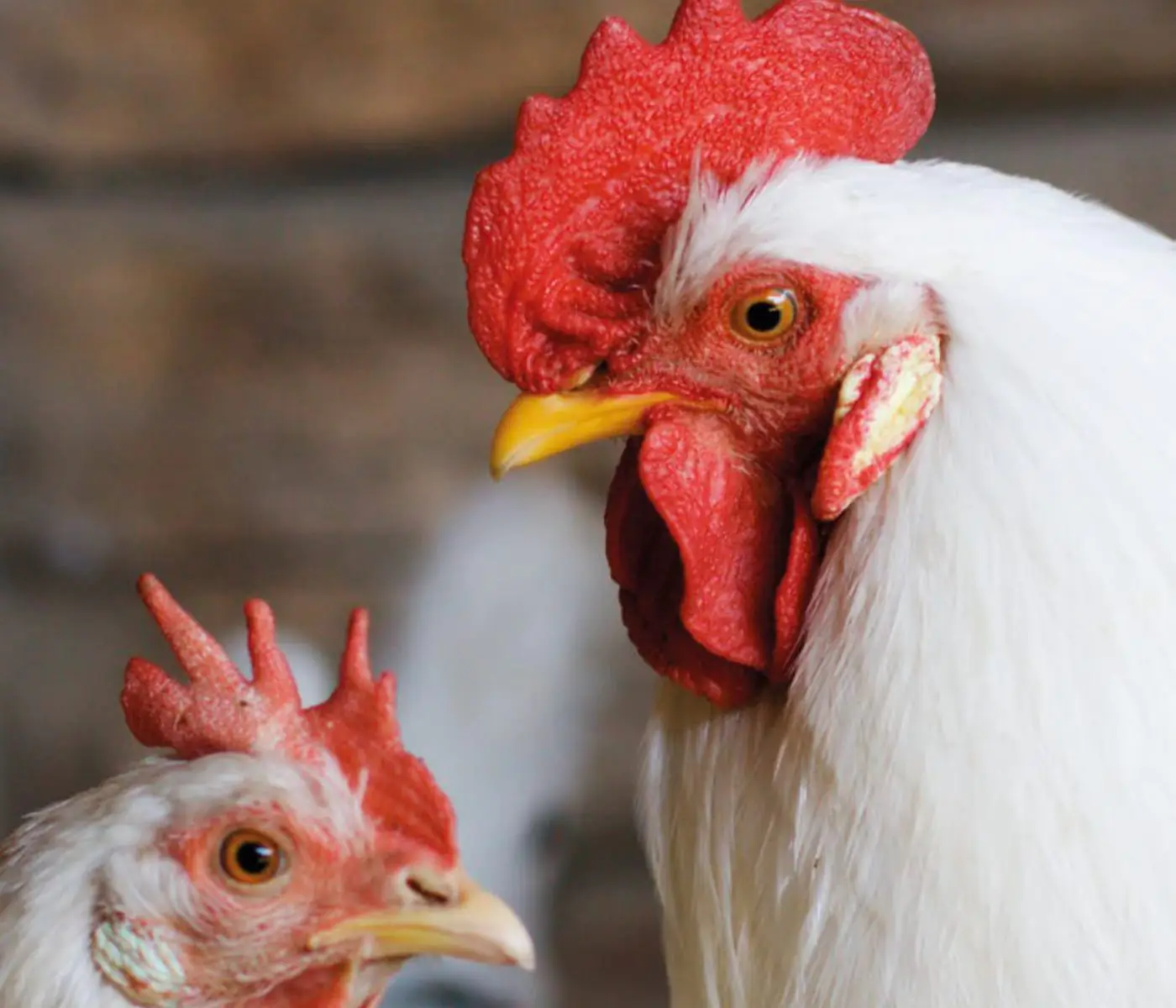
Nutritional Interventions to Improve Fertility in Male Broiler Breeders
Edgar Oviedo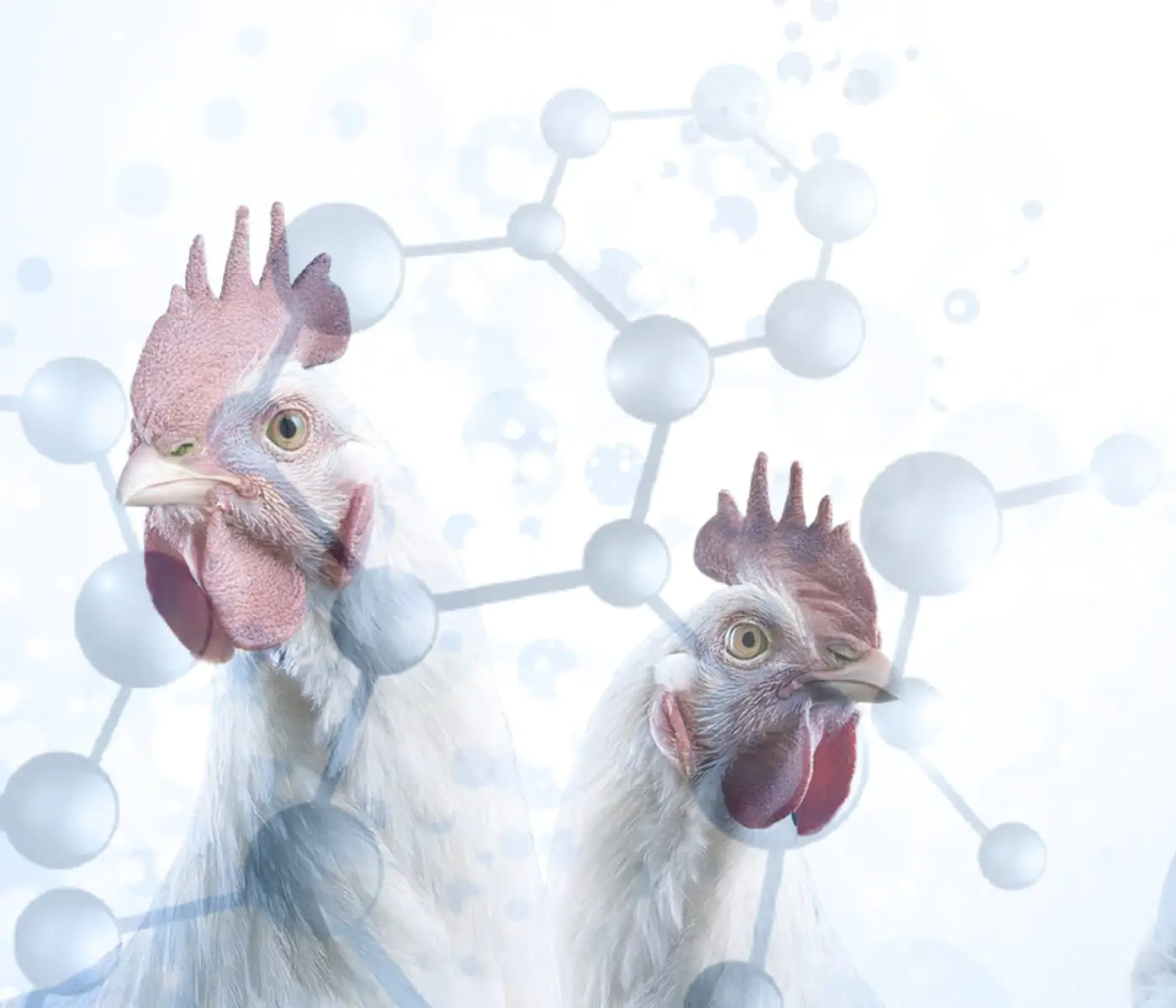
The Use of Organic Acids in Poultry: A Natural Path to Health and Productivity
M. Naeem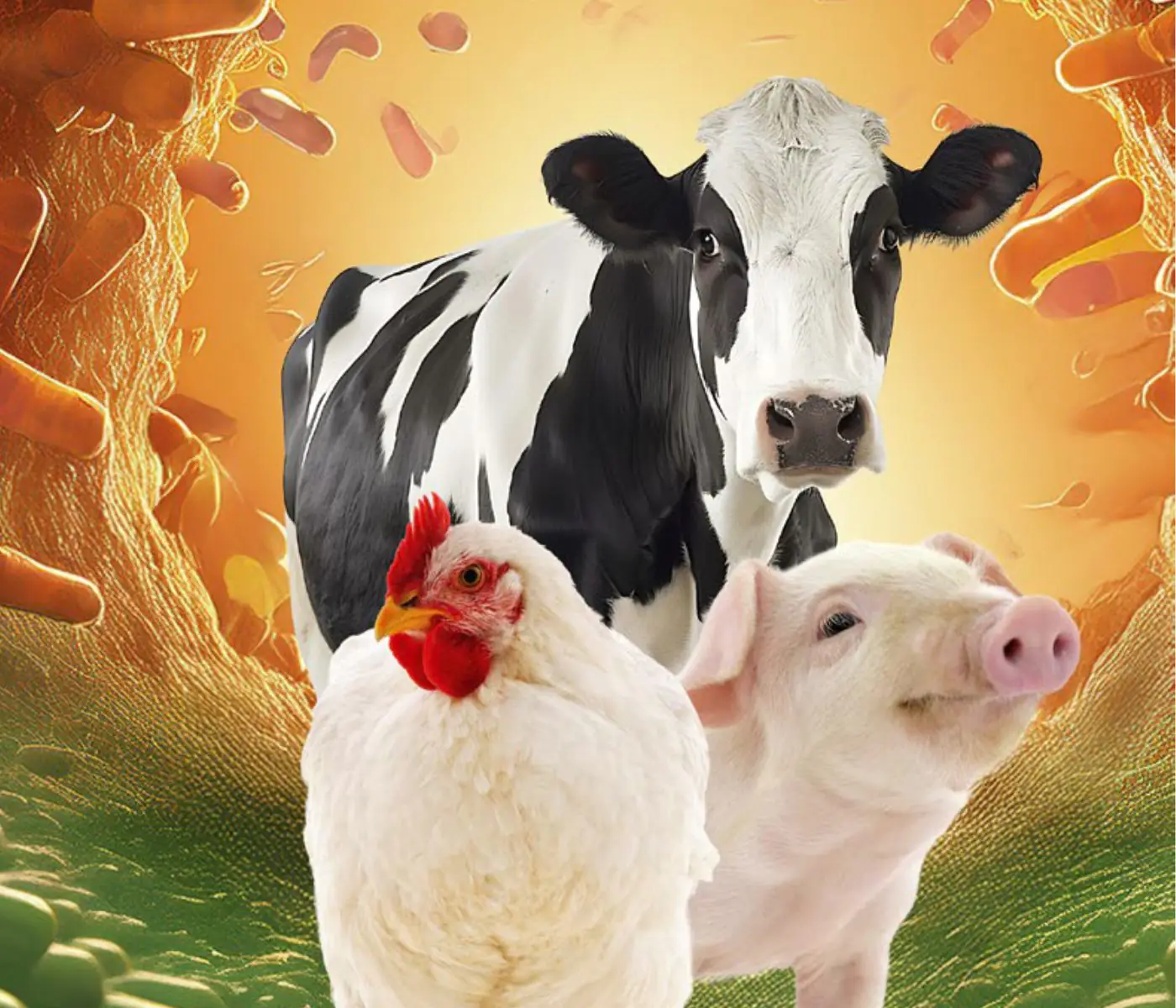
Synergistic Benefits of Prebiotics and Probiotics in Poultry, Swine, and Cattle
Gustavo Adolfo Quintana-Ospina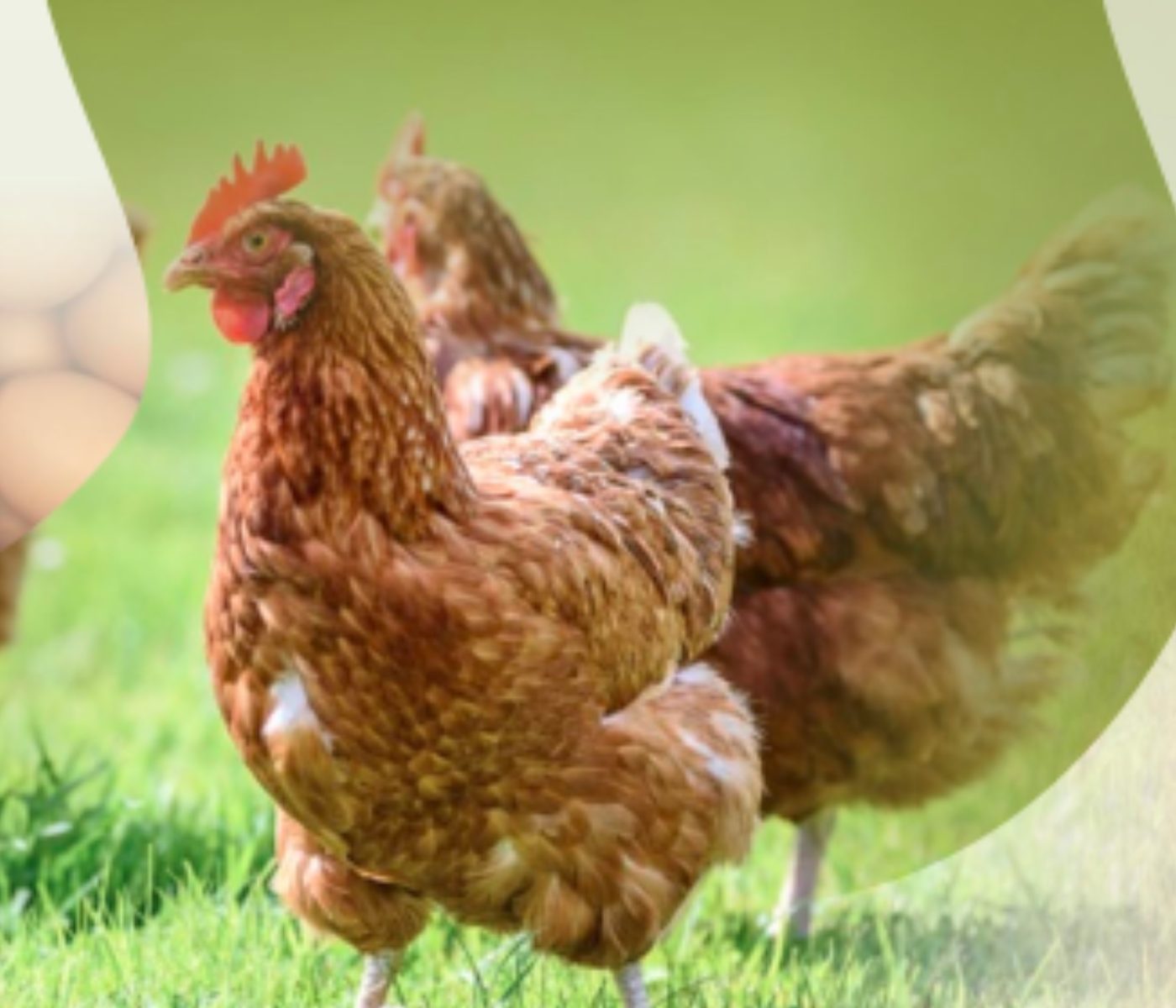
Hybrid Rye Potential in Laying Hen Feed Rations
Gwendolyn Jones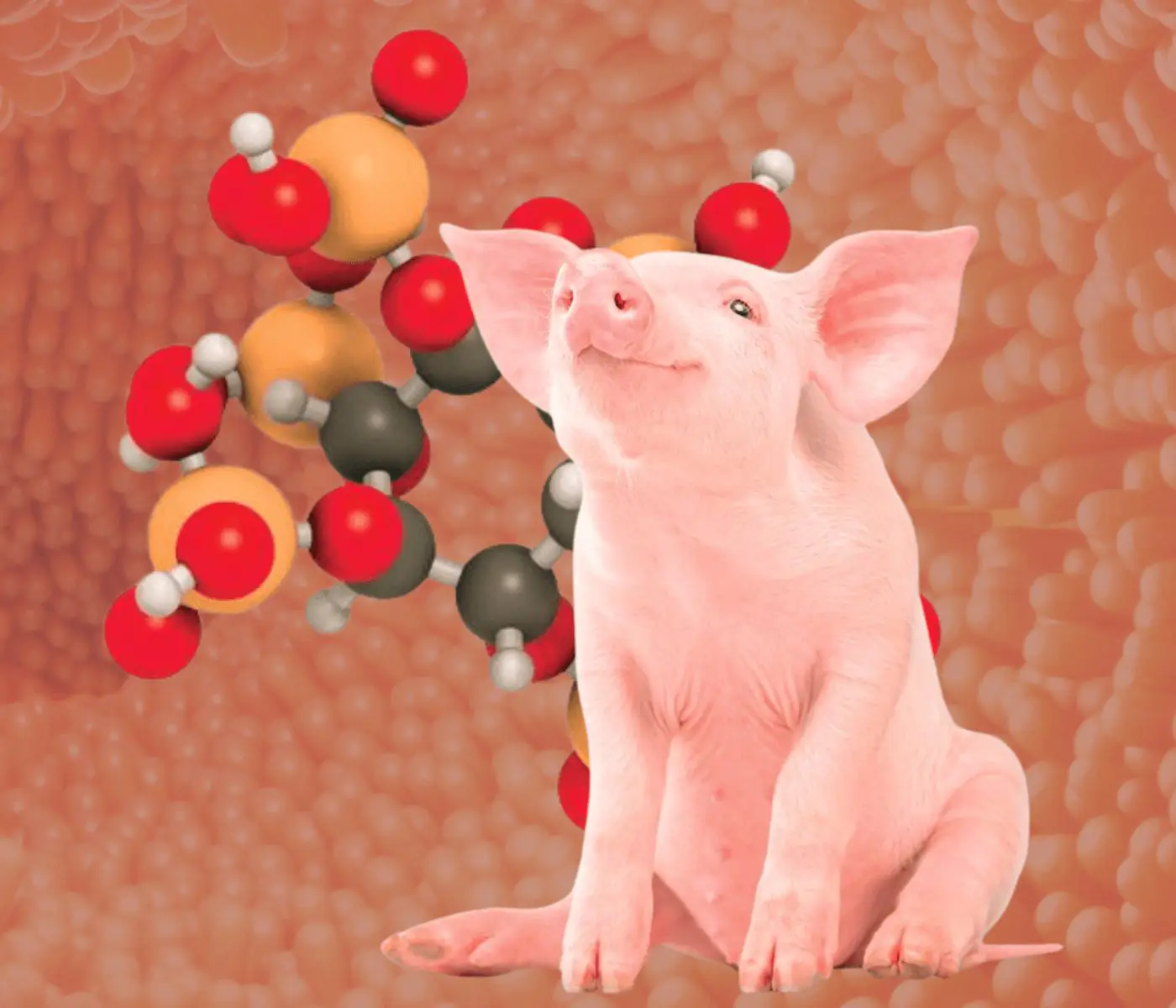
A day in the life of phosphorus in pigs: Part I
Rafael Duran Giménez-Rico
Use of enzymes in diets for ruminants
Braulio de la Calle Campos
Minerals and Hoof Health in the Pregnant Sow
Juan Gabriel Espino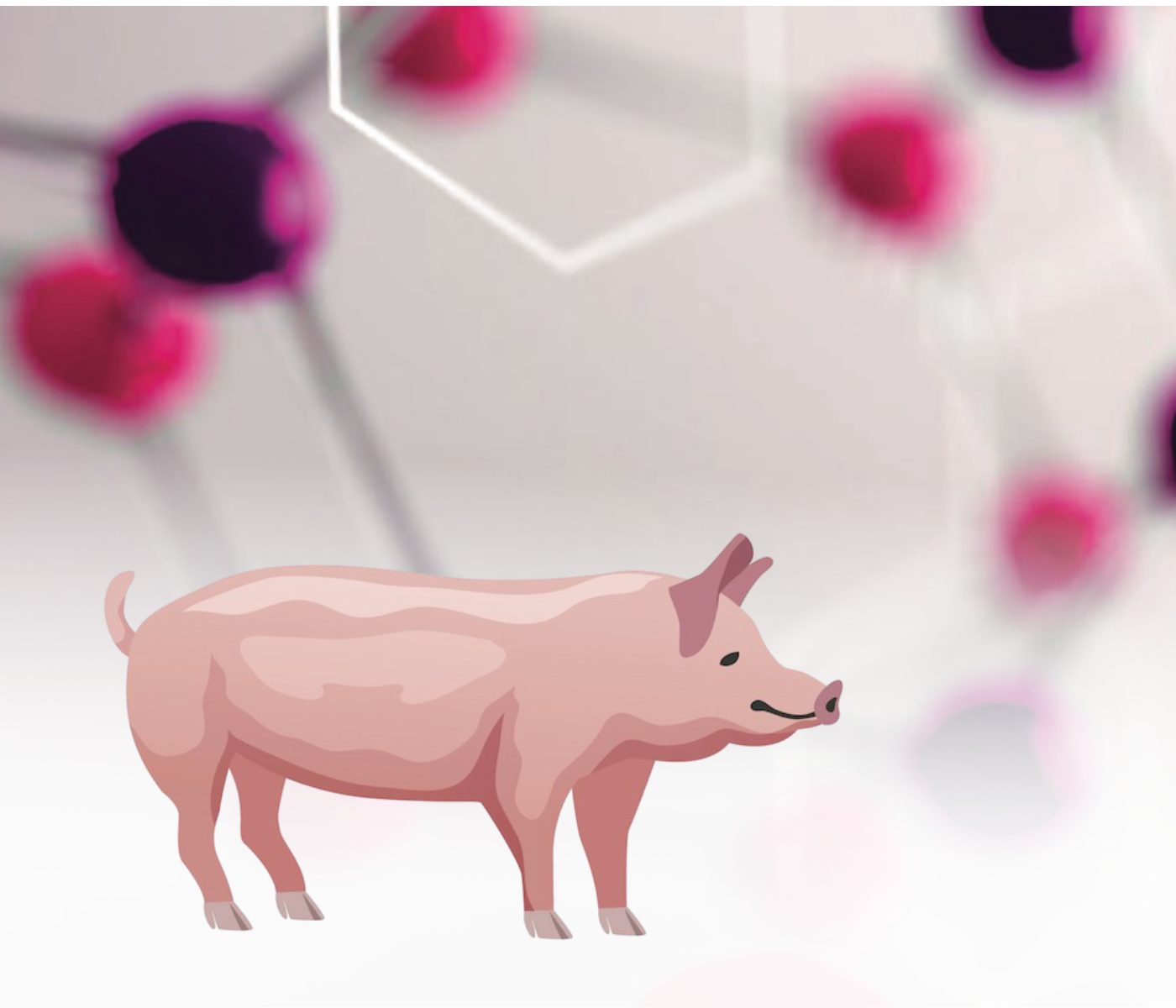
Impact of Oxidized Fats on Swine Reproduction and Offspring
Maria Alejandra Perez Alvarado